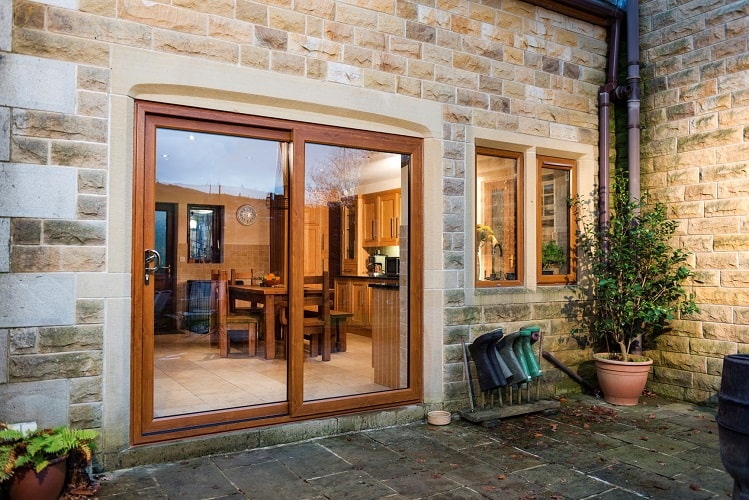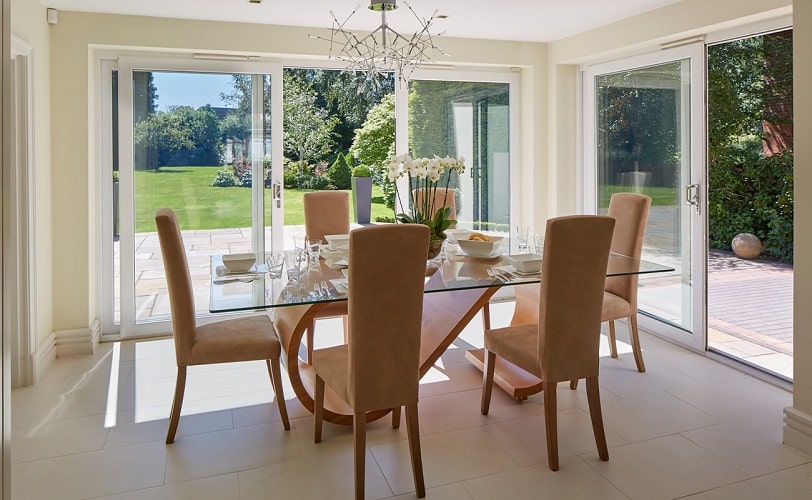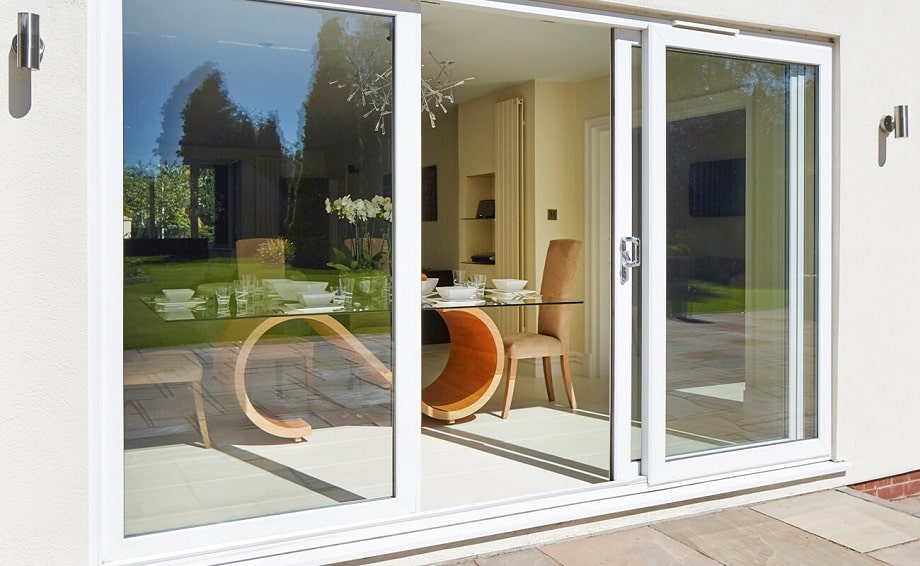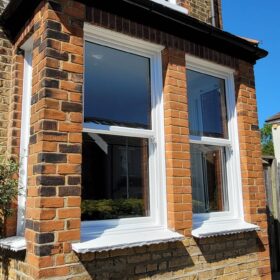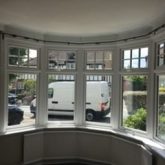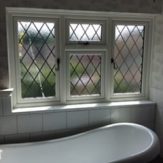Facts about Bethnal Green
History
Bethnal Green was a smaller set of homesteads and cottages, a hamlet in the fertile fields of the ancient parish of Stepney, but as population and house-building began local intensification in the 18th century, the church agreed to found a fully-functional daughter church — as a parish with benefice (for its priest) and vestry (for its people) in 1743. This became part of the metropolis in 1855 and the County of London in 1889. The civil parish became a Metropolitan Borough in 1900, one of the direct forebears of the 1965-created London Borough of Tower Hamlets.
In what would become northern Bethnal Green (known as Cambridge Heath) a tract of common land, which stretched to the east and west, belonged to the old Stepney Manor to the south. The heath was used as pasture where people grazed their sheep in the 13th century, though 1275 records suggest at least one house stood there.
General Info
Bethnal Green is an area in the East End of London 1 mile (1.6 km) northeast of Liverpool Street station. It has two Overground stations (one being named Cambridge Heath) and one Underground station. It currently also gives its name to an electoral ward of the London Borough of Tower Hamlets and co-encompasses St Peter’s ward (emulating its Anglican daughter parish to that saint).Part of the area holds conservation area status, chiefly due to protected small, public greens and listed buildings.The area emerged from the hamlet which developed around the Green, much of which survives today as Bethnal Green Gardens, beside Cambridge Heath Road.

